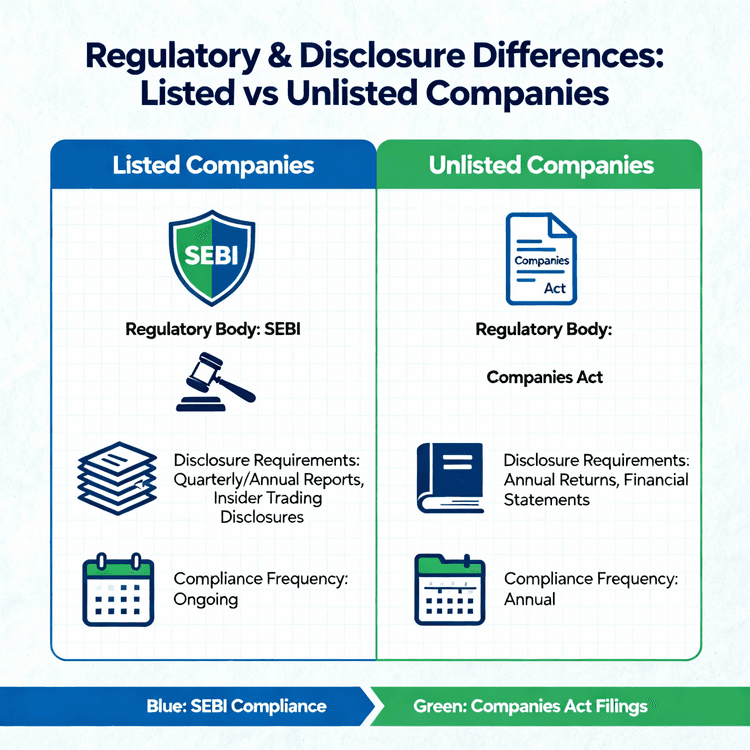NSDL (National Securities Depository Limited), a pivotal player in India’s financial infrastructure, is preparing for a major leap toward public listing. While it has operated as an unlisted entity for years, the move towards an IPO in 2025 marks a crucial point in its growth. NSDL has been integral to India’s securities market, transforming the way securities are held, transferred, and settled. With the IPO expected by July 2025, the company’s market-ready steps are already visible. Investors, particularly those with holdings in unlisted NSDL shares, should closely monitor these developments.
Key Updates Ahead of NSDL’s IPO
The decision to move forward with the IPO by July 2025, with the reactivation of the ISIN (International Securities Identification Number) process, signals that NSDL is priming itself for a more robust market presence. This reform, alongside several others, plays a critical role in ensuring NSDL’s readiness to meet regulatory standards and enhance investor confidence.
NSDL’s Reformed Share Transfer Process
NSDL’s recent move to reactivate its ISIN is a game changer. This reform allows share transfers to be processed through Delivery Instruction Slips (DIS), a method that had previously been paused. Here’s why this matters:
➔ Enhanced Liquidity: By reactivating DIS, NSDL significantly speeds up the process of share transfers. Investors can now easily enter and exit positions in unlisted NSDL-linked shares, improving market liquidity. The previous method, which involved manual KYC and compliance checks, was a slow two-stage process that often led to delays.
➔ IPO Alignment: The reactivation of the DIS process is a sign that NSDL is aligning itself with SEBI’s updated norms ahead of the 2025 IPO. These new norms are focused on improving governance, streamlining shareholding limits, and ensuring that market infrastructure institutions meet the “fit and proper” criteria.
➔ Strengthened Oversight: Another notable development is NSDL’s partnership with CDSL (Central Depository Services Limited) as the designated depository. This partnership further strengthens NSDL’s operational transparency and compliance monitoring, a critical factor as the company moves toward an IPO.
Timeline and Market Readiness
NSDL's IPO timeline, now set for July 2025, offers the company ample time to finalize its offering. Here’s how the process is shaping up:
➔ IPO Timeline: With the IPO now set for 2025, NSDL has room to adjust its strategy in line with market conditions. The July deadline provides flexibility to ensure all operational, governance, and compliance elements are up to par with SEBI’s standards.
➔ Public Listing Process: This timeline also gives NSDL the opportunity to engage with investors more actively. The extended period ensures that the company can position itself effectively to attract both institutional and retail investors when it finally goes public.
NSDL's Strategic Transition
The reactivation of ISIN and DIS methods signifies more than just a procedural change. It reflects a strategic shift in NSDL’s approach to operations, compliance, and its upcoming market debut. By addressing share transfer delays and improving liquidity, NSDL ensures that its market infrastructure is optimized for both current and future investors.
➔ Improved Operational Efficiency: The shift towards a more seamless share transfer process eliminates the earlier inefficiencies, leading to better investor experiences. Faster, more efficient transactions contribute to stronger investor confidence and greater market participation.
➔ Market Accessibility: The simplification of processes makes it easier for investors to participate in NSDL-linked securities. This is crucial not only for retail investors but also for institutional investors who may have been hesitant due to the previous complexities surrounding unlisted share transfers.
IPO Structure and Market Participation
The NSDL IPO will be structured as an Offer for Sale (OFS), meaning that existing shareholders will offer their stakes for sale rather than issuing new shares. This structure holds several key implications:
➔ Offer for Sale (OFS): The OFS will involve the sale of shares by six major existing shareholders, including the National Stock Exchange (NSE), IDBI Bank, HDFC Bank, Union Bank of India, State Bank of India, and the Government of India through the Specified Undertaking of the Unit Trust of India (SUUTI). This will allow these institutional investors to monetize their holdings, while also providing liquidity to the public market.
➔ Increased Liquidity: The sale of these shares through the OFS will introduce greater liquidity into the market, providing potential investors with a chance to buy into a company with a long-established presence and operational track record. It will also help in setting the price discovery process in a transparent manner.
Key Considerations for Investors in NSDL Unlisted Shares
For investors holding NSDL unlisted shares, the IPO and reactivation of ISIN bring several potential benefits and considerations:
➔ Liquidity: The reactivation of DIS for share transfers means that investors can more easily enter or exit positions in NSDL-linked shares. This could be a major advantage for those looking to liquidate their positions ahead of the IPO or after the company becomes publicly listed.
➔ Regulatory Confidence: NSDL’s alignment with SEBI's regulatory frameworks adds a layer of security for investors, ensuring that the company complies with the highest standards of governance. This is crucial in an IPO environment where transparency and adherence to rules are paramount.
➔ Investment Timing: With the IPO set for 2025, investors in unlisted NSDL shares can use this extended timeline to assess their holdings. The extra time allows investors to track the company’s operational and financial developments, making it easier to make informed decisions about whether to hold or sell their shares ahead of the public offering.
The Road to IPO and Its Strategic Importance
As NSDL edges closer to its public listing, the company’s focus on improving its operational framework, enhancing governance, and aligning with SEBI’s regulations will be pivotal. These efforts are not just about meeting compliance standards; they reflect NSDL’s commitment to enhancing shareholder value and ensuring long-term sustainability.
➔ Governance Strengthening: NSDL’s improved governance mechanisms are designed to ensure that the company is fully compliant with SEBI’s requirements for market infrastructure institutions. This includes stringent oversight on shareholding limits and the appointment of CDSL as the designated depository.
➔ Market Positioning: As NSDL moves towards its IPO, these regulatory and operational upgrades help in positioning the company for stronger valuation. The company’s leadership in India’s securities depository space, combined with an IPO at the right time, will likely provide investors with attractive returns.
NSDL’s journey towards becoming a publicly listed entity is supported by strategic moves designed to increase market confidence, enhance liquidity, and optimize operational efficiency. The reactivation of ISIN and the DIS method signifies a significant leap towards modernizing share transfers in the unlisted market, making it easier for investors to participate in NSDL-linked securities.
For those holding NSDL unlisted shares, this is a critical moment. With the potential IPO now slated for 2025, there is ample opportunity to assess the company’s developments and make informed decisions. As NSDL prepares to transition to a listed company, its market dominance and operational transparency will be crucial factors in determining its future success and the potential for long-term value creation.


